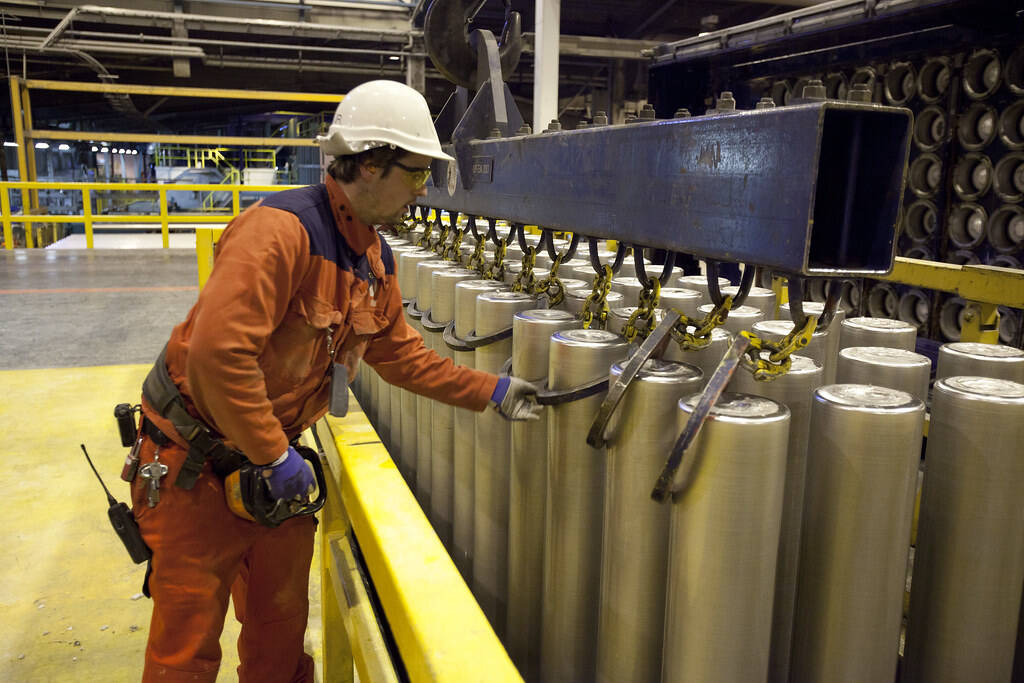H-1 Factory Building, Mingshan Industrial Park, Gaoping Economic and Technological Development Zone, Jincheng City, Shanxi Province, China. +86-15921818960 [email protected]
Aluminum casting is a crucial manufacturing process that has gained significant importance, especially in the automotive industry. It is a versatile technique used to produce a wide range of components, from engine blocks and pistons to wheels and st...

Aluminum Casting is a crucial manufacturing process that has gained significant importance, especially in the automotive industry. It is a versatile technique used to produce a wide range of components, from engine blocks and pistons to wheels and structural parts. The increasing demand for lightweight and fuel-efficient vehicles has driven the replacement of traditional iron CASTINGS with aluminum castings, despite the higher cost of aluminum materials.
The automotive sector accounts for approximately two-thirds of all aluminum casting production. The use of aluminum castings in cars has been steadily growing, as manufacturers strive to reduce vehicle weight and enhance fuel efficiency. This trend is further accelerated by the rise of electric vehicles, which require new aluminum components such as battery housings. Moreover, car manufacturers are expanding the application of aluminum castings in structural components to offset the additional weight of batteries.
However, the aluminum casting process also faces several challenges. There are multiple potential sources of defects that can affect the quality of the cast parts, including shrinkage defects, gas porosity, and oxide inclusions. To address these issues, various casting techniques have been developed, each with its own advantages and applications. These techniques include sand casting, chill casting (such as gravity die casting or low-pressure die casting using sand cores), high-pressure die casting, lost foam casting, and investment casting (commonly used for aerospace applications).
Casting alloys are specifically designed to be compatible with one or more of these casting methods. Some alloys are versatile and can be used across multiple techniques, while others are tailored for specific processes to optimize performance and quality. The choice of casting method and alloy depends on factors such as part complexity, production volume, and required mechanical properties. Overall, aluminum casting continues to evolve, driven by the need for lighter, stronger, and more efficient components in modern automotive and aerospace applications.